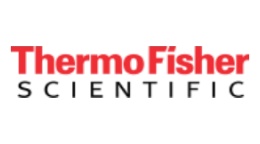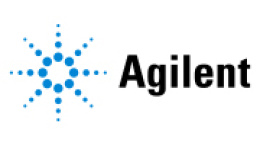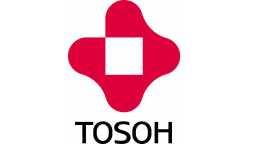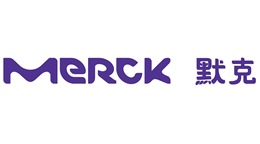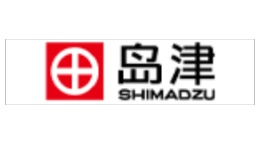方案详情文
智能文字提取功能测试中
Analysis of Subtle Changes in Biological SystemsThrough use of High Resolution, High AccuracyUHPLC Generated Libraries with a Q-ExactiveHF Mass Spectrometer David A. Sarracino, Mauro De Pra, Keely Murphy,Jason Neil, Mary F. LopezThermo Fisher BRIMS Center, Cambridge,MA, USA; 2Thermo Fisher Scientific, Germering, Germany Overview Purpose: A robust method for discovering subtle changes inprotein expression in biological systems. Methods: Using AMAT(Accurate Mass, Accurate Time)libraries of peptides generated from both fractionated andunfractionated trypsin digests of protein lysates andbiological fluids. Results: Subtle expression differences in both plasma andcell lysates from the model system are revealed using theworkflow described. Introduction Protein diversity in biological systems is quite large, but shortterm (<1hour) changes due to a particular stimulus will causeonly subtle changes in very specific proteins expressionlevels. Excessive sample handling/processing methods oftenadd significant noise to overall experimental results. Here weuse a combination of simple sample preparation technique,extremely reproducible UHPLC system, and a robust massspectrometer platform to afford researchers the ability to usemassive protein/peptide libraries for quantification of severalthousand proteins. To study the effectiveness of this method, a model systemusing whole live bacteria, both gram negative and positivestrains, were spiked into whole blood samples from a singledonor. After 1 hour, plasma and peripheral bloodmononuclear cells were isolated and analyzed for proteinexpression differences. The Thermo ScientificVanquishM UHPLC platform with atandem column setup allows for extremely highreproducibility across a wide range of sample loadings,independent of sample/matrix type. This allows the use ofupfront sample fractionation to reduce peptide complexityand hybrid tandem mass spectrums for more confident andcomplete library generation, without compromising accurateretention time information. Methods Sample Preparation Lithium heparin collected blood in plasma tubes, and CellPreparation Tubes from an anonymous donor was spikedwith buffer, 50 CFU/mL of E. coli, or 50 CFU/mL S. Aurusand allowed to incubate for 1 hour at 37 °C. The sampleswere then spun at 2500 RCF for the plasma separation or at1800 RCF for Peripheral Blood Mononuclear Cell (PBMC)preparations. Both the plasma and cells were diluted andlysed in 8M GuHCI 250mM Tris-HCI 5%n-propanol 10mMDTT(pH8.5). Cysteines were alkylated with the addition ofiodoacetic acid to 45mM. Samples were diluted in digestionbuffer, 50mM Tris-HCI 5mM CaCl2, and Pierce sequencinggrade modified trypsin was added. Samples were digestedovernight. Liquid Chromatography Peptide libraries were made by fractionating the peptidesfrom both the plasma and cell lysate samples into 24fractions on a 4.6mmx250cm PSDVB column 300A pore,8um particle on a gradient from 99% 50mM ammoniumacetate 0.4% ammonium hydroxide/water to 45% 0.2%ammonium hydroxide 10% water/acetonitrile. UHPLC was setup with three Thermo Scientific Acclaim120 C18 3um 120A 2.1mmx250mm columns connected byThermo ScientificDionex Viper" Fingertight Fitting tubing;both the solvent pre-heater and the column compartmentwere set to 55 °C. Solvent A was 0.2 formic acid in FisherOptima LC-MS grade water, Solvent B was 0.2 formic acidin Fisher ScientificOptimaLC-MS grade acetonitrile. Agradient of 3-50% over 95minutes at 250 uL/min with a totalrun length of 130 min. A divert valve diverted the solvent forthe first 10 minutes and the last 20 minutes of the gradient.Pierce Retention Time Calibration standards are added to 1pmole per injection. Mass Spectrometry A Thermo Scientific" Q Exactive HF Mass Spectrometerequipped with a HESI-II source with the spray cone installedwas tuned with 35 sheath, 8 aux, 1 sweep with a vaporizertemperature of 275°℃ and a capillary temp of 325°C. Theinstrument acquisition is configured with a data dependant“top 20”method with 350-1500m/z on the full scan 3e6 target120K resolution, ms/ms are triggered on apex triggers 6-20speak width, 2e4 target(100%),50ms fill, 15k resolution.Dynamic exclusion set to 20s, 25ppm. Data Analysis Raw files are searched Proteome Discoverer 1.4 using asimple Sequest search template. Parent mass toleranceswere set to 5ppm, and fragment mass tolerances were set to15mmu. Plasma and cell lysate data was searched withstatic carboxymethyl modified cysteines and differentialoxidized methionines. Cell lysate data was searched withadditional phosphorylations on serines, threonines, andtyrosines with PhosphoRS3.0 confirmation node set to 0.015fragment ion tolerance. Result files(MSF) were imported intoPinPoint for quantification. FIGURE 1. Vanquish UHPLC system and Q Exactive HF MS. FIGURE 2. System loading testing, showing therobustness of quantification and retention timereproducibility 20-200ug loading of plasma peptides oncolumn.A) global protein comparison in PinPoint; B)area and SD comparison for replicate injections C)isotope area comparison. FIGURE 3. Unique peptides identified in sequentialhigh pH reverse phase fractions A)1-3 B) 4-6 C)7-9. Library Generation In Figure 2 we show that the peptide accuracy andquantification is stable over a large loading range.This isimportant as library fractions will have high concentrations ofabundant peptides. In Figure 3 we show that thefractionation is quite efficient, with minimal peptide overlapbetween fractions. FIGURE 4. Even with highresolution accurate massspectrometry, retention timeaccuracy is important toassign masses to librarymembers that may not beintense enough to trigger MS2events. Three differentsamples compared at 3different mass filter tolerancesin a 12 minute window. PeptideTEFLSFMNTELAAFTK,S100,A11 protein. 5 Results Whole Blood Stimulation Plasma library generation yielded 790 plasma protein groups(1% FDR) 6067 peptides with +/-10s retention time accuracy. PBMC library generation yielded 6200 Protein groups(1% FDR)53,444 peptides, 1072 phosphopeptides(no specific enrichment) As it would be a technical challenge to quantify ALL the proteinsin either one of these samples, selected protein and peptidesfrom each sample can be selected from the library. FIGURE 5. PinPoint library selection tool allows usersto select peptides by mods or proteins by name. Comparison of Proteins in Plasma and PBMC samplesSelected proteins from plasma and PBMC libraries werecompared in both the plasma and PBMC samples. Thisallowed for direct quantification between the two sampletypes as well as across the stimulation conditions. TheS100 protein class was chosen as it is well represented ininfection models and circulating immune cells. E. coli FIGURE 6. S100 Calcium binding protein-A8Calprotectin in plasma and PBMC lysates showing top 3isotope XICs for +2 and +3 charge states, 2 technicaland 2 experimental replicates per sample state. A) FIGURE 7. Phosphopeptide FYAAEIASALGYLHSIKfrom Serine/Threonine protein kinase SGK isoform1from PBMC lysates A) area sum of peptides B) peptideisotope quantification. High dynamic range quantification Even without targeted quantification methods, low levelphosphopeptides can be analyzed and quantified. Thevariability of phosphorylation amongst experimentalreplicates is a function of the modification's biologicalvariability in the system used, even with the highlysimplified sample preparation techniques used. This newworkflow affords researcher a facile method for the rapidqualitative and quantitative analysis of complex biologicalsystems. Conclusion Three months of operation on one column setup withsub 4 second shift in retention time allows for librariesand samples to be run continuously. The only cleaning performed was the swapping of theheated ion transfer capillary, and washing off thesweep cone after each sample set/type. mRaw digests with no cleanup additional samplepreparation yielded no increase in column pressures. Extremely reproducible injections allows formeasurements of small biological changes, includinglow level modified peptides without going to targetedmethods. References 1. Hansen, W. L. J.; Bruggeman, C. A.; Wolffs, P. F. G.Evaluation of New Preanalysis Sample TreatmentTools and DNA Isolation Protocols To Improve BacterialPathogen Detection in Whole Blood. Clin. Microbiol.2009,47,8,2629—2631 http://jcm.asm.org/content/47/8/2629.full 2. Hao, P.; Ren, Y;Dutta, B.; Sze, SK. ComparativeEvaluation of Electrostatic Repulsion-HydrophilicInteraction Chromatography (ERLIC) and High-pHReversed Phase (Hp-RP) Chromatography in Profilingof Rat Kidney Proteome. Journal of Proteomics, 2013,82,254—262 www.thermoscientific.com ◎2014 Thermo Fisher Scientific Inc. All rights reserved. ISO is a trademark of the International Standards Organization.All other trademarks are the property of Thermo Fisher Scientific Inc. and its subsidiaries. This information is presented as anexample of the capabilities of Thermo Fisher Scientific products. It is not intended to encourage use of these products in anymanners that might infringe the intellectual property rights of others. Specifications, terms and pricing are subject to changeNot all products are available in all countries. Please consult your local sales representative for details. Thermo Fisher Scientific, Sunnyvale, CAUSA is ISO 9001:2008 Certified. ISO 9001 Africa +43 1 333 50 34 0 Denmark +45 70 23 62 60 Japan +81 6 6885 1213 Australia+61 39757 4300 Europe-Other +43 1 333 50 340 Korea +82 2 3420 8600 Austria +43 810 282 206 Finland +358 9 3291 0200 Latin America +1 561 688 8700 Belgium +32 53 73 42 41 France +33 1 60 92 48 00 Middle East +43133350340 Brazil +55 11 3731 5140 Germany +49 6103 408 1014 Netherlands +31 76 579 55 55 Canada +1 800 530 8447 India +91 22 67429494 New Zealand +649 980 6700 ( Russia/CIS +43 1 333 50 34 0 Singapore +65 6289 1190Sweden +46 8 556 468 00 Switzerland +41 6171677 00 Taiwan + 886 2 8751 6655 UK/lreland +44 1442 233555 USA + 1 8 00 532 4752 ) China 800 810 5118 (free call domestic) Italy +39 02 950 591 Norway +46 8 556 468 00 SCIENTIFIC Analysis of Subtle Changes in Biological Systems Through use of High Resolution, High Accuracy UHPLC Generated Libraries with a Q-Exactive HF Mass Spectrometer
关闭-
1/8
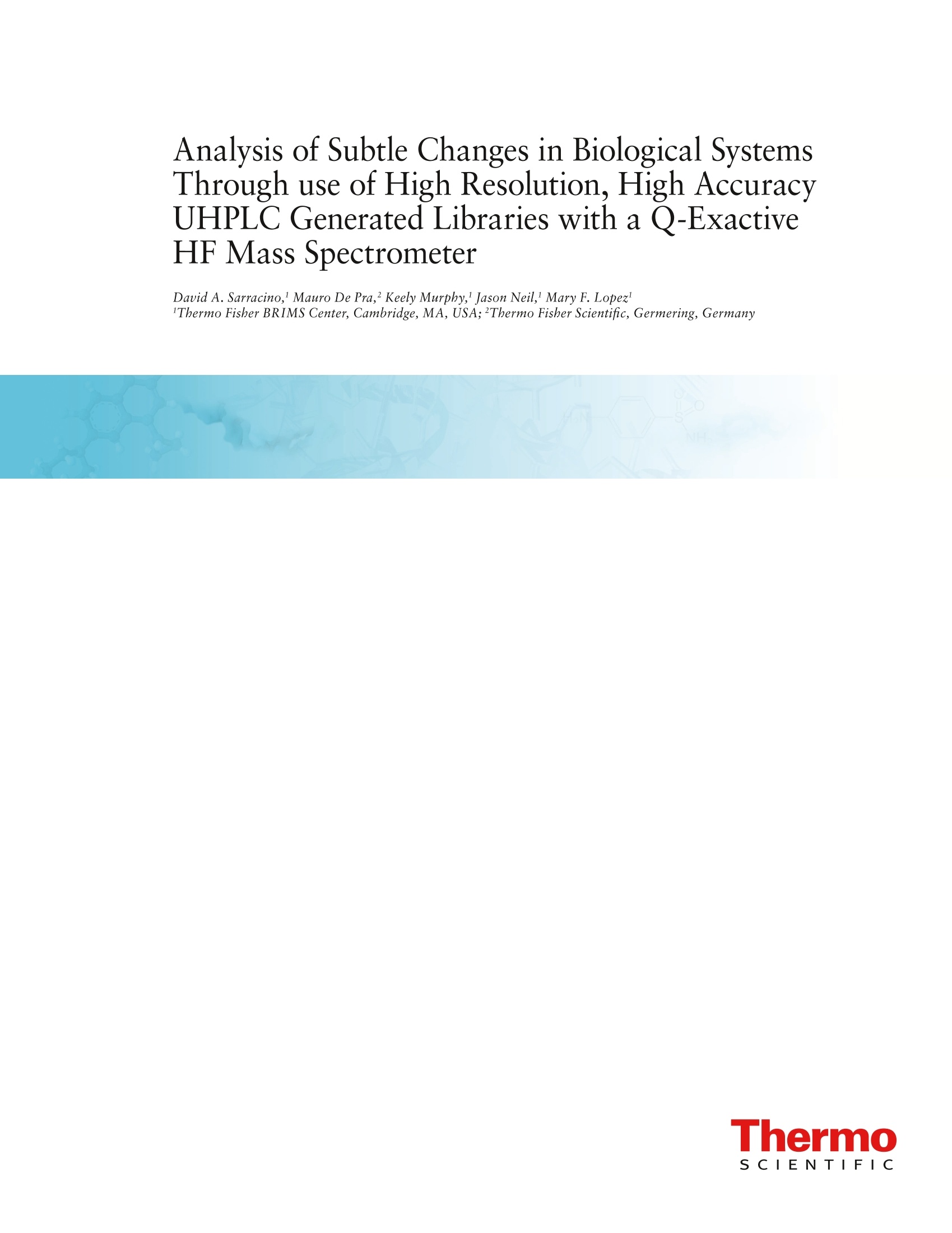
-
2/8
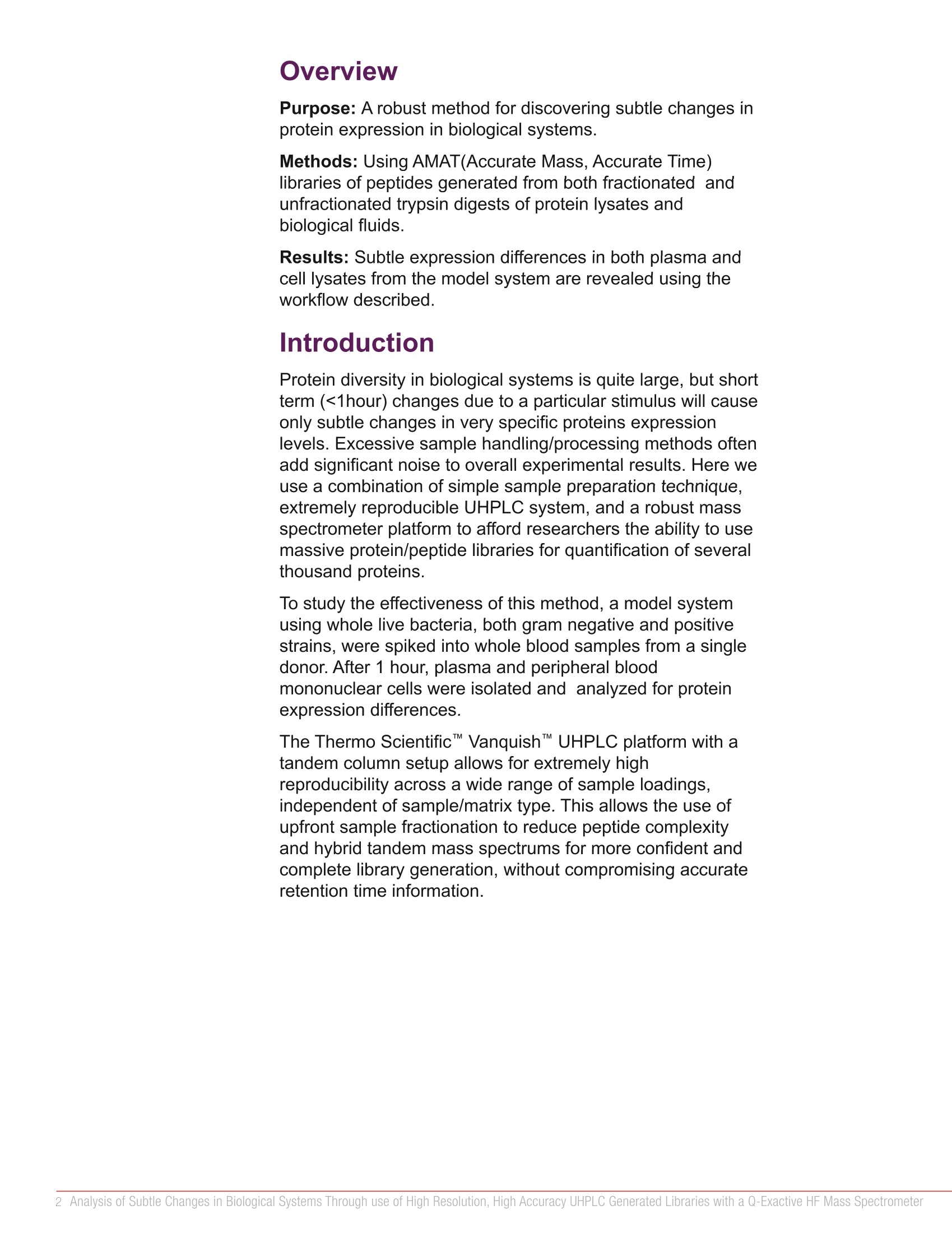
还剩6页未读,是否继续阅读?
继续免费阅读全文产品配置单
赛默飞色谱与质谱为您提供《中药中理化常数检测方案 》,该方案主要用于化药新药研发中组学研究检测,参考标准《暂无》,《中药中理化常数检测方案 》用到的仪器有赛默飞 Vanquish™ UHPLC超高效液相色谱系统。
我要纠错
推荐专场
相关方案
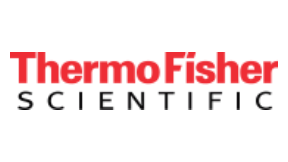

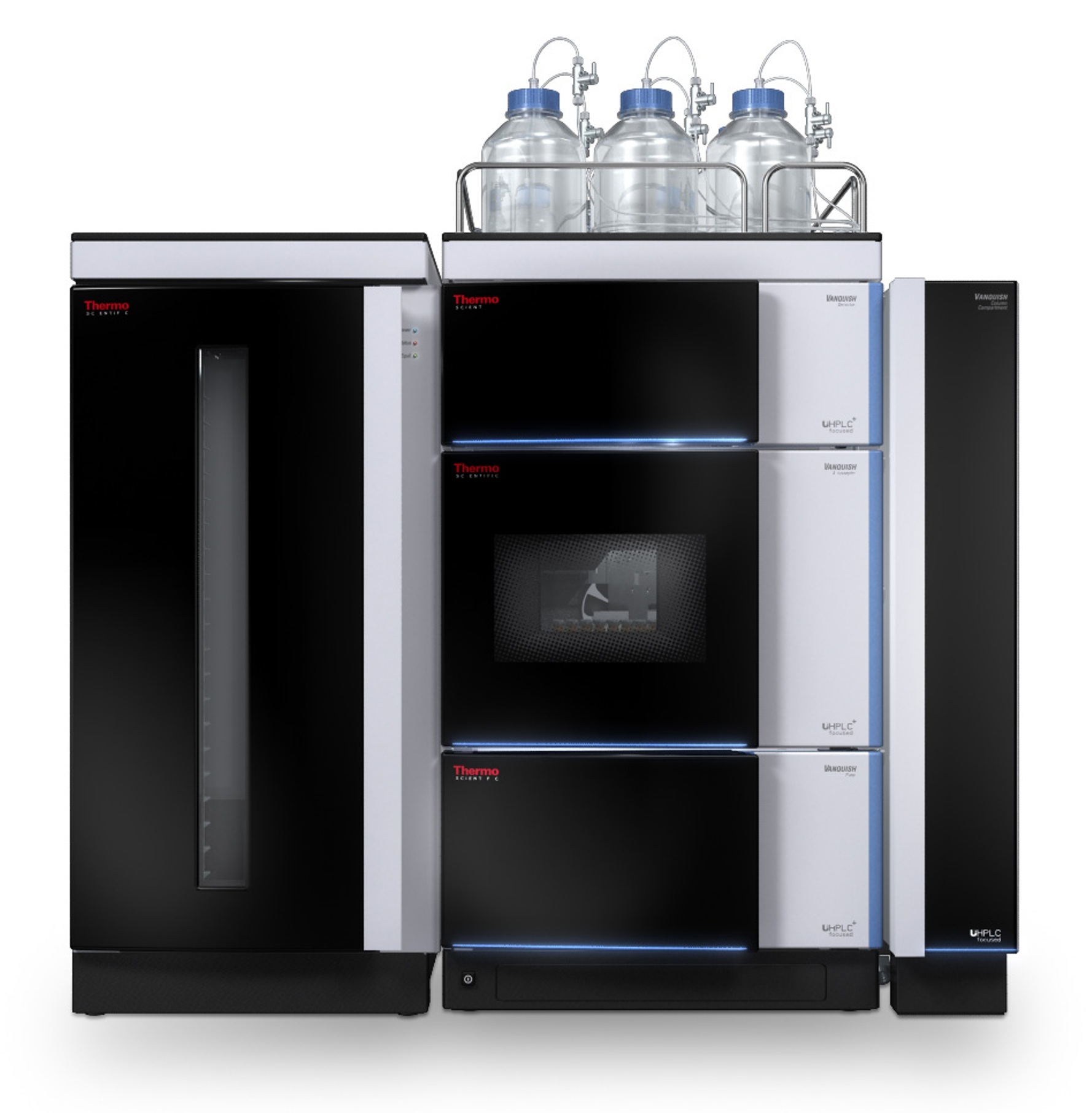
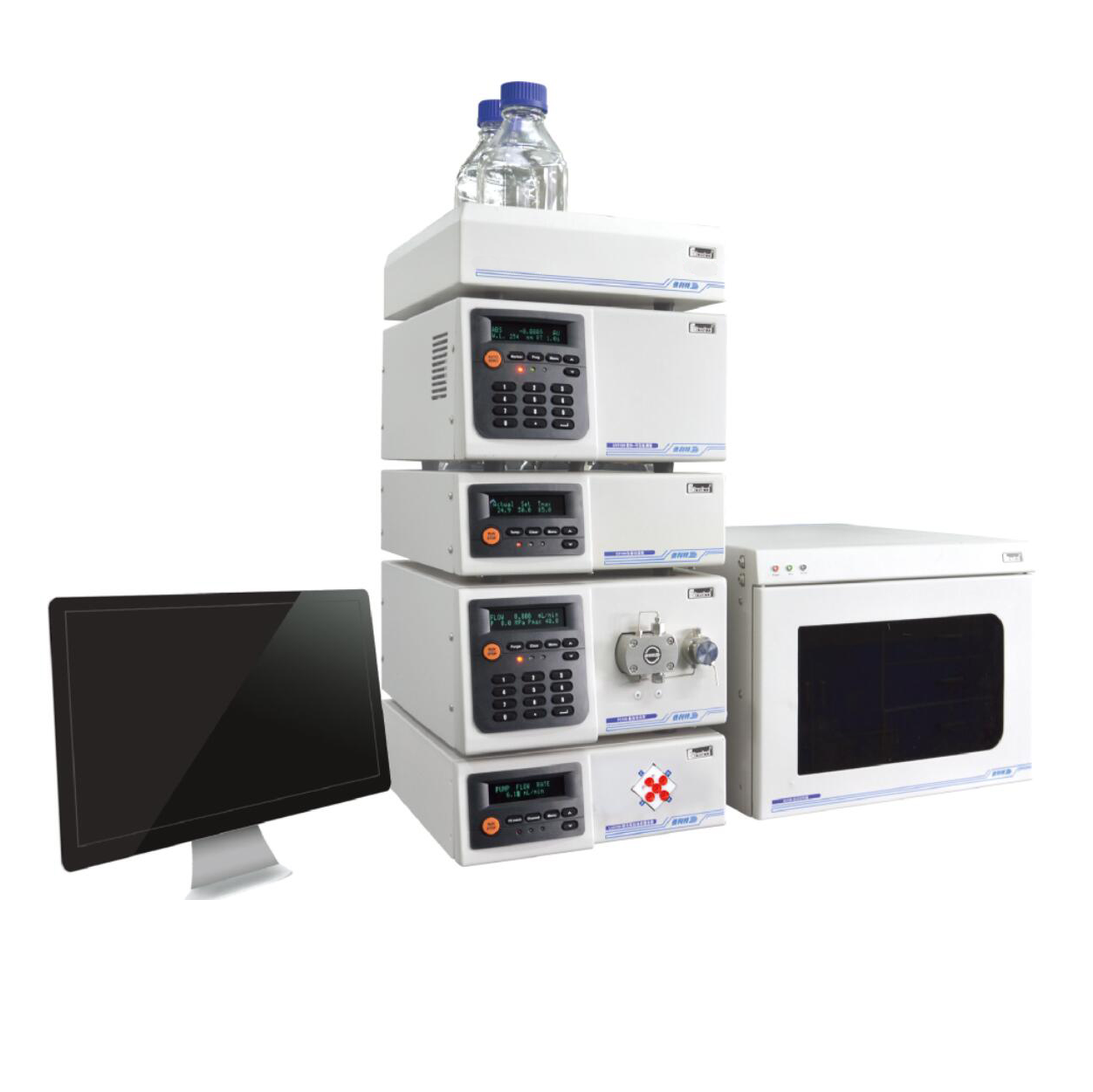
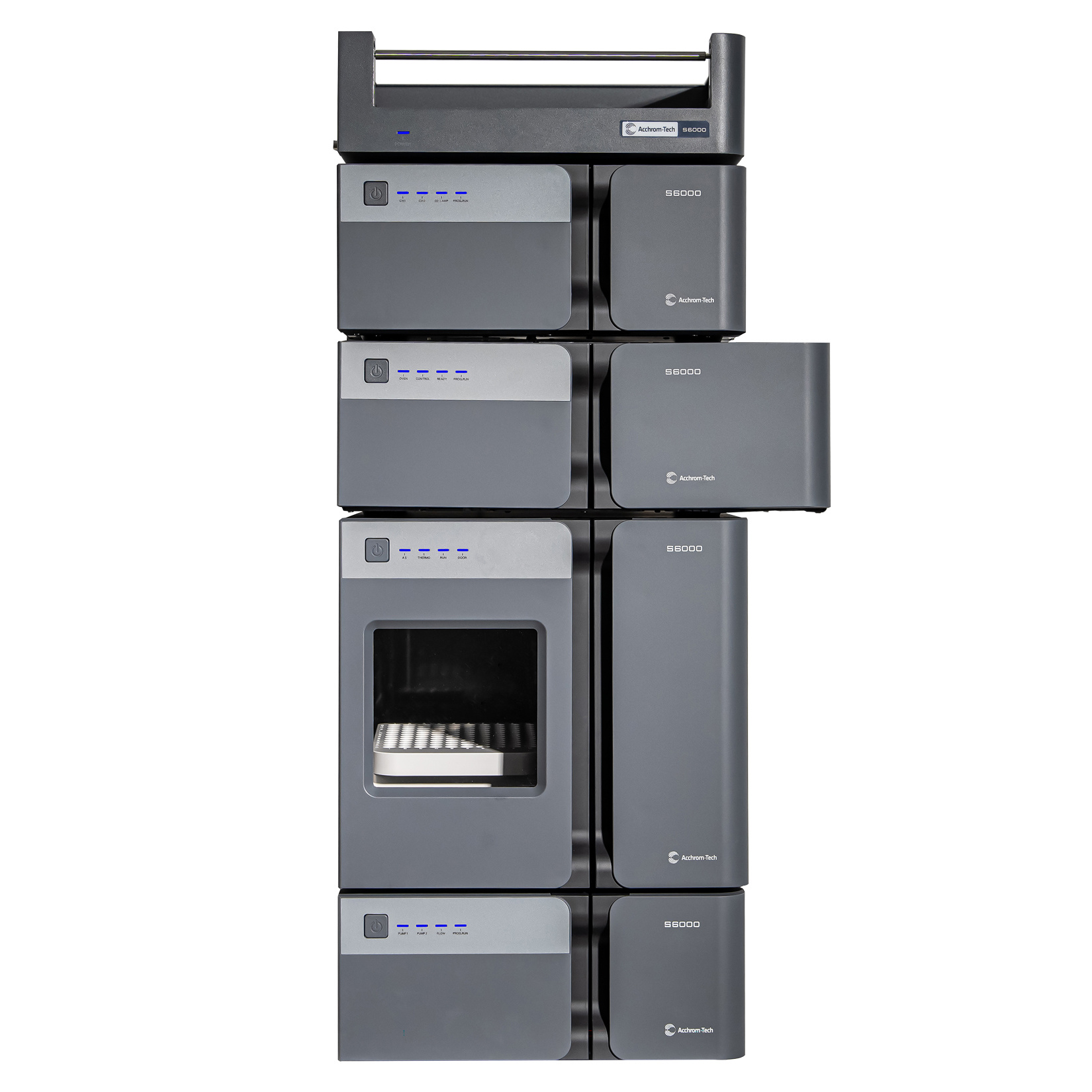
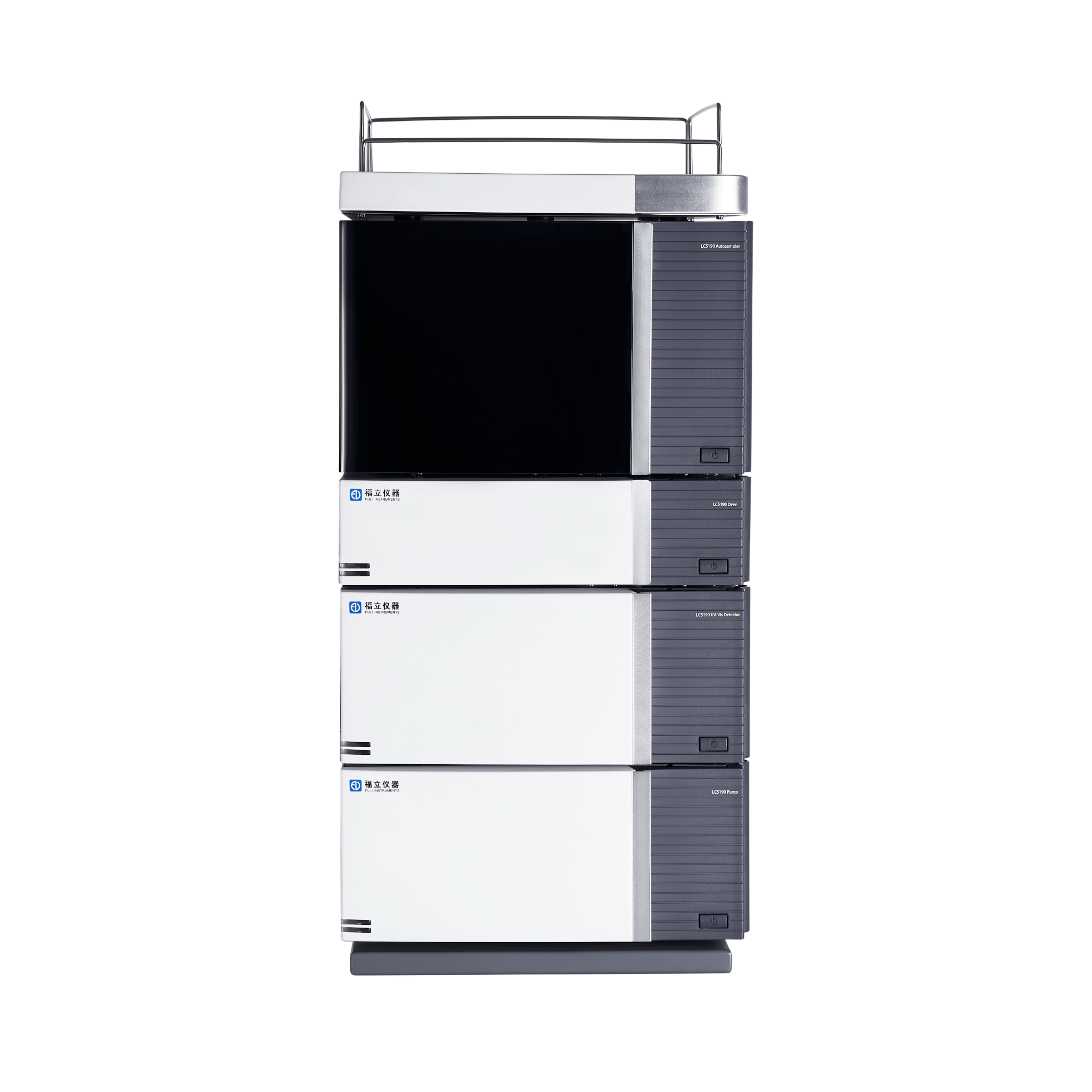
 咨询
咨询